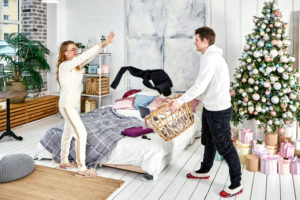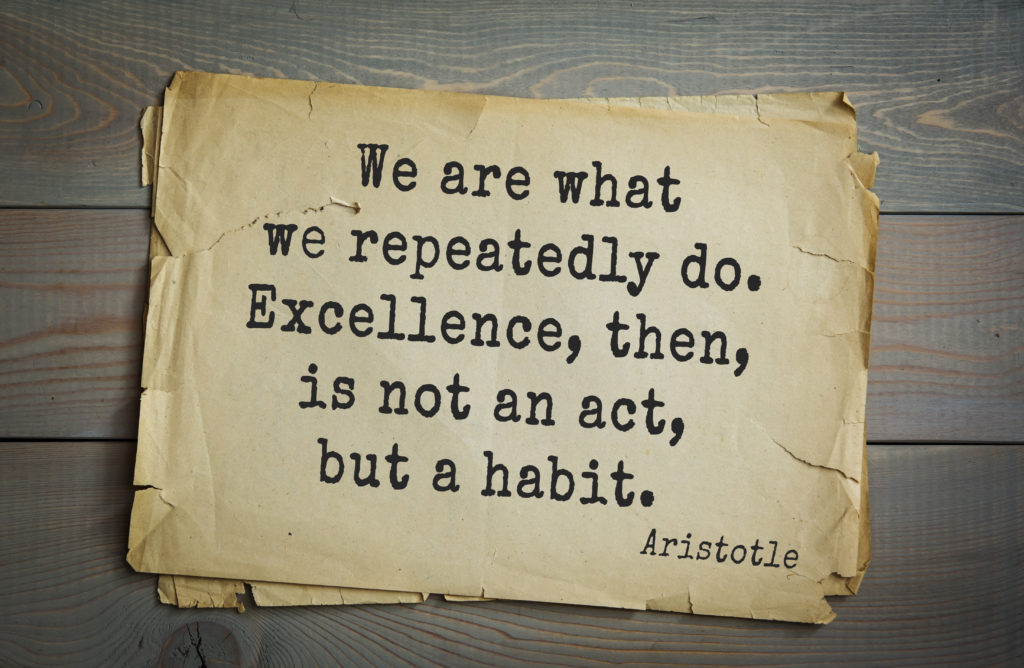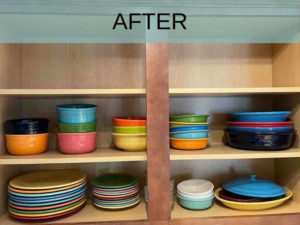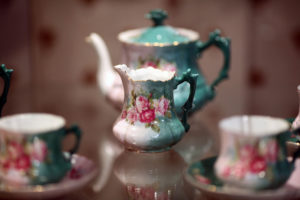If you have household items or unsorted paper on your floor in boxes or bags, chances are you have a clutter problem. That’s because bags and boxes are not furniture, not permanently anyway.
Don’t get me wrong, bags and boxes have their place in organizing. I use them all the time to carry out donated items, to contain trash or recycling or to pick up my groceries. It’s fine to keep a small supply but they are “temporary” containers, not permanent fixtures.
As a professional organizer, coach and move manager, boxed and bagged “clutter” is a common problem for many of my clients.
I’m not talking about items you have stored in a closet, garage or attic. These too may need to be “gone through” – usually when you’re planning to move or sell your home.
It’s sometimes an issue of time management, motivation or other more pressing priorities. Conditions such as ADD, anxiety or depression can also make it difficult to focus on the task at hand.
Whatever the reason, bags and boxes usually signify a “holding” place for your stuff, instead of a “home.”
- If you have both unsorted paper and physical items, start with the physical items. You will see results quicker and feel motivated to continue.
- Sort the items on a clear surface, such as a card table, counter or ironing board if that’s the only surface available.
- As soon as the box is empty, break it down and place it by your recycling bin to see space right away. It’s important that you see see results right away to stay motivated.
- Now it’s time to make decisions. Look at each item by category and decide if you are using it now or whether it’s something you love. If you wouldn’t buy it in a store, don’t love it, haven’t used it, or it brings up negative emotions, let it go. If it feels good to keep it for yourself, then keep it.
- Most clean and usable items can be donated to conventional charities such as Goodwill, Salvation Army or a local thrift shop. Be sure to check days and times they accept donations. Since COVID, many charities have limited their donation drop off times or require appointments.
- Don’t spend a lot of time on where you donate your items. This is a form of procrastination. Some haulers now will take items for donation. Two of my favorites in the San Francisco Bay Area are NixxitJunk.com and Remoov.
- If you have high value items consider consignment, or online platforms to sell them. Do whatever is easiest or makes the best use of your time.
- If you plan to use your empty boxes for donations, be sure you can carry them. You are better off using a double paper-bag or reusable shopping bag for donated items.
- Now the fun part: Look at what you kept and decide where it should live in your home. Like you live in your home everything in your home should have a home. An item’s home gets determined first by asking, What room would I look for this? Consider also, where will it be contained? For example, a certain piece of furniture, a specific closet, drawer or a type of bin? Don’t worry if these areas are already cluttered themselves. Get them closer to home!
- Do this for each item you’ve decided to keep before moving on to the next bag or box.











